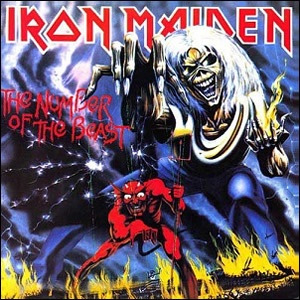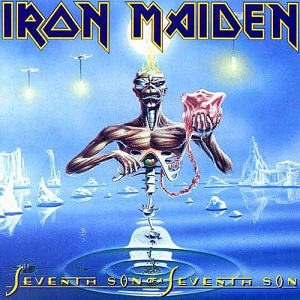The Number Of the Beast
by Iron Maiden
Buy The Number Of the Beast As we’ve mentioned before on this site, Classic Rock Review does not like to stray too far from mainstream rock and pop when selecting which albums we […]


